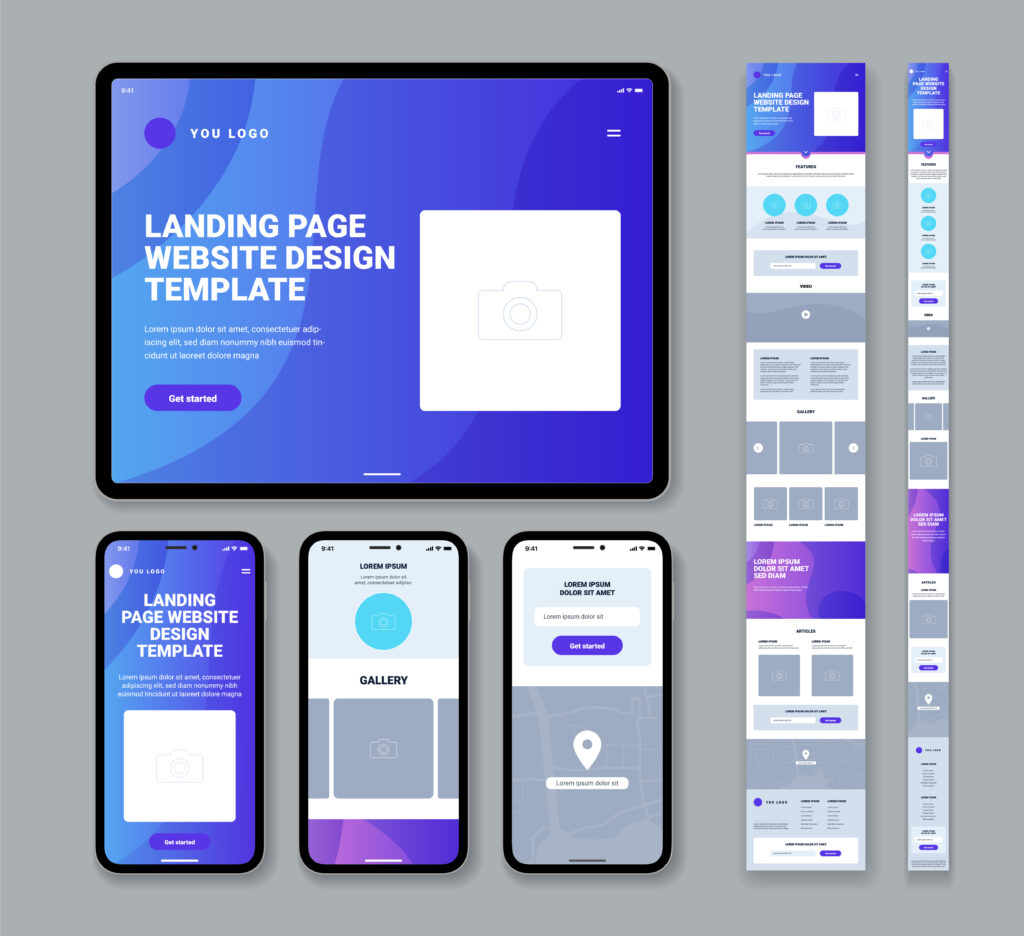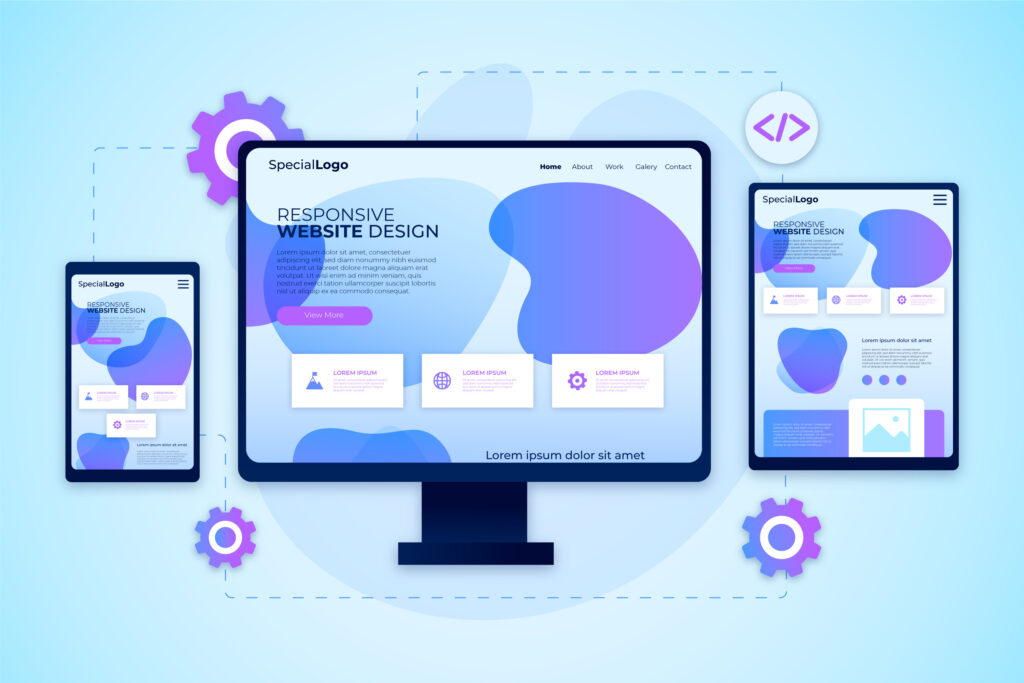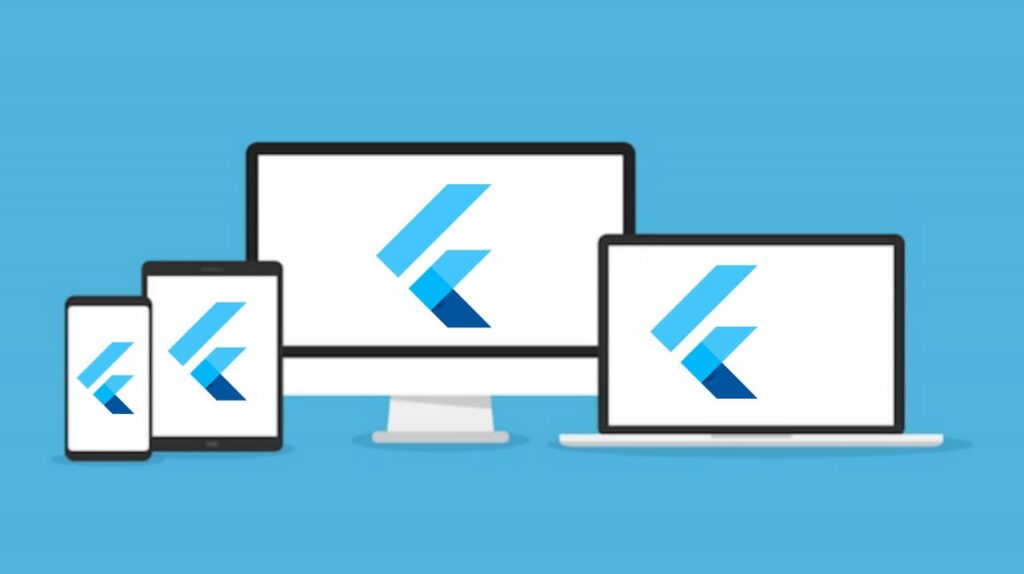Introduction
In order to create engaging and user-friendly experiences, web developers are constantly searching for new and innovative technologies in the always-changing field of web development. Flutter is an open-source, cross-platform user interface toolkit developed by Google that has shown a lot of promise in the web development space.
Table of Contents
ToggleWhat is Flutter?
Flutter is an open-source, free framework that allows developers to create native applications for desktop, mobile, web, and embedded systems all from a single codebase. It makes use of the compiled, object-oriented Dart programming language, which was created by Google. One of Flutter’s main advantages is that it can render UI elements natively, which leads to excellent performance and a unified look and feel on several platforms.
Flutter for Mobile App Development
With its smooth development experience, Flutter has proven its abilities in the field of mobile app development. App developers love it because it can produce natively generated applications for both iOS and Android from a single codebase. A quicker development cycle is achieved by the use of the quick reload functionality, which lets developers see the effects of changes instantly.
The Evolution: Flutter for Web Development
Flutter has recently branched out into web development in addition to mobile app development. For developers looking for a single framework for online and mobile applications, this evolution opens up new options. Is Flutter able to provide web developers with the same degree of performance and efficiency that it offers for mobile development?
Pros of Using Flutter for Web Development
Effective code sharing between mobile and online platforms is one of Flutter’s most notable benefits for web developers. This implies that while switching from mobile to web development, developers can reuse a large amount of their code, saving time and effort. Flutter’s popularity on mobile devices was largely due to its quick development cycle and hot reload functionality, which are also present on the web.
Flutter is an appealing option for web developers and businesses alike since it provides a number of benefits. Here are a few of the main benefits:
Cross-platform development:
Flutter significantly cuts down on development time and expenses by allowing code to be shared across various platforms, including the web. Web applications can be created and maintained using the same codebase by developers, guaranteeing efficiency and consistency.
Hot reload: Developers can see changes right away with Flutter’s hot reload feature, which eliminates the need to rebuild the entire application. Productivity is increased and the development process is streamlined by this quick iteration cycle
- Rich UI components: Flutter offers an extensive collection of UI components, such as gestures, animations, and widgets for standard UI elements. This vast library makes it easier to create interactive and aesthetically pleasing web applications.
- The User Interface Features of Flutter: The ability of Flutter to design aesthetically pleasing user interfaces carries over into web development. With the framework’s responsive design and configurable widgets, developers can make sure their web apps have the exact appearance and feel they want. One major benefit is the ability to design a unified user interface for various platforms.
- Managing Heaviness: Flutter’s Scalability: A key component of web development is scalability, particularly for apps that see spikes in traffic. This problem is successfully solved by Flutter, which enables programmers to design scalable online apps. Flutter’s ability to handle heaviness has been demonstrated by the successful implementation of the web interface in several large-scale projects.
- Progressive web apps (PWAs): are web applications that can offer offline support and native-like app functionality. Flutter is a good tool for creating PWAs. PWAs are an effective tool for enticing online users because they provide a consistent user experience across platforms.
- Native performance: Flutter produces excellent performance and a seamless user experience by rendering UI elements natively on the web. This is a big benefit over conventional web development frameworks, which frequently use slower JavaScript interpreters.
- Large and active community: Flutter has a vibrant developer community that offers access to third-party libraries, support, and other helpful resources. This community encourages cooperation and creativity, which expands the capabilities of the framework.

- Compatibility and Integration: One of Flutter’s main selling points for web developers is its cross-browser compatibility. Flutter web applications can be implemented in a variety of browsers, giving developers a wide audience for their work. Furthermore, Flutter offers opportunities for integration with current web technologies, enabling developers to take advantage of their infrastructure.
Cons of Flutter Web
While Flutter Web brings many advantages, it also has its share of drawbacks. Here are some of the cons associated with using Flutter Web:
- SEO challenges: There are problems with Search Engine Optimization (SEO) for Flutter Web. Search engines find it more difficult to index Flutter web apps because they are rendered using HTML or Canvas elements. As a result, this may affect your web app’s visibility and ranking in search results.
- Large file sizes: Your web application may have significant file sizes as a result of using Flutter Web. This is partly due to the minimum payload requirements of 1.8 MB for HTML and an extra 2 MB for Canvas Kit. Your web application’s performance and loading speed may be impacted by such huge file sizes, especially on slower networks or low-end devices.
- Limited web features: Not all of the features and functionalities of the web platform are supported by Flutter Web. For instance, certain browser APIs—such as those for the camera, microphone, and relocation—are inaccessible to Flutter web apps. Additionally, there isn’t much support for deep linking, bookmarks, browser history, etc. in Flutter web apps. You might need to use platform channels or plugins that interact with JavaScript or native code in order to use these features.
- The learning curve: There is a steep learning curve for Flutter Web, particularly for people who are not familiar with Dart or Flutter. It can be difficult to work with Flutter’s distinct architecture and user interface (UI) compared to other frameworks and technologies. The fact that Dart is a relatively new and specialized programming language adds to the learning curve. It also has little community support and few resources.
Use Cases for Flutter Web Development
Flutter is particularly well-suited for the following use cases in web development:
- Prototyping: User interface testing and web application prototyping are made easier with Flutter’s hot reload feature and rapid development cycle.
- Minimum viable products (MVPs): Flutter is an effective tool for creating MVPs, which enables companies to quickly launch their web applications and get feedback from users.
- Single-page apps (SPAs): Flutter is a good option for creating SPAs, which offer a dynamic and responsive user interface.
- Progressive web apps (PWAs): As previously indicated, Flutter is a good tool for creating PWAs, which let companies offer online customers native-like app experiences.
- Consistent user interface across platforms: Flutter’s ability to share code makes it perfect for preserving a unified brand experience in both online and mobile applications.
Limitations of Using Flutter for Web Development
While Flutter offers numerous advantages, it also has some limitations that developers should consider:
- Relative maturity: In comparison to more well-known web development frameworks like React and Angular, Flutter is still a relatively new framework. This implies that there might not be as much of an ecosystem with third-party libraries and tools.
- SEO considerations: Because Google’s search algorithms are primarily built for traditional web technologies; optimizing Flutter web applications for search engines may take more work.
- Accessibility issues: Because the native rendering method of the Flutter framework may be different from conventional web development techniques, accessibility issues may arise for Flutter web applications.
Future of Flutter in Web Development
In terms of web development, what can developers anticipate from Flutter going forward? Though forecasting the future is always speculative, we can expect ongoing updates, enhancements, and improvements specifically for web development given current trends and the dedication of the Flutter team. It’s likely that Flutter will have a big impact on how cross-platform development develops in the future.
Common Challenges and Solutions
There are difficulties with every technology and Flutter for web development is no different. It is essential to address common issues like compatibility quirks, third-party library support, and performance optimization. This section examines these issues and offers doable fixes and workarounds to guarantee a more efficient development process.
Conclusion
In conclusion, there isn’t a universally applicable response to the question of whether Flutter is beneficial for web development. It depends on a number of variables, including the project’s nature, the development team’s preferences, and the particular needs of the web application.
Flutter has become a competitive and exciting alternative in the web development space. Its native performance, hot reload feature, cross-platform compatibility, and rich user interface elements make it an appealing option for

developers looking to create beautiful, high-performing web apps quickly. However, it’s crucial to consider Flutter’s relative maturity, SEO considerations, and potential accessibility concerns when evaluating its suitability for specific projects.
All things considered, Flutter provides a useful toolkit for web development, especially for MVPs, SPAs, PWAs, prototyping, and preserving a consistent user interface across platforms. The framework will probably play a bigger part in web development as it develops and becomes more widely used.
Frequently Asked Questions
Is Flutter only suitable for mobile app development?
- While Flutter gained prominence in mobile app development, its expansion to web development makes it versatile for cross-platform projects.
How does Flutter handle scalability in web applications?
- Flutter provides effective solutions for handling bursts of traffic in web applications, making it scalable for various project sizes.
What are the key advantages of using Flutter for web development?
- Efficient code sharing, a fast development cycle, and a robust user interface are among the key advantages of using Flutter for web development.
Are there any limitations to using Flutter for web projects?
- Developers may face challenges such as performance optimization and compatibility issues, but these can be addressed with careful consideration.
Where can I find resources to learn Flutter for web development?
- Explore the official Flutter documentation, online tutorials, and community forums to kickstart your journey into web development with Flutter.

